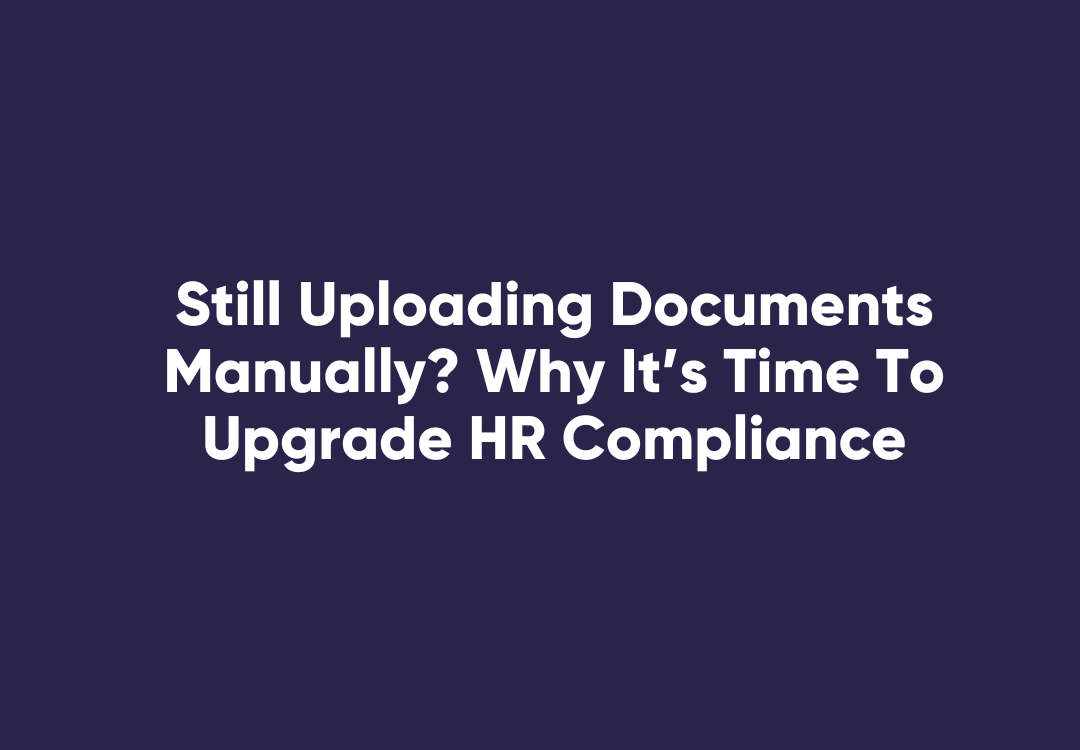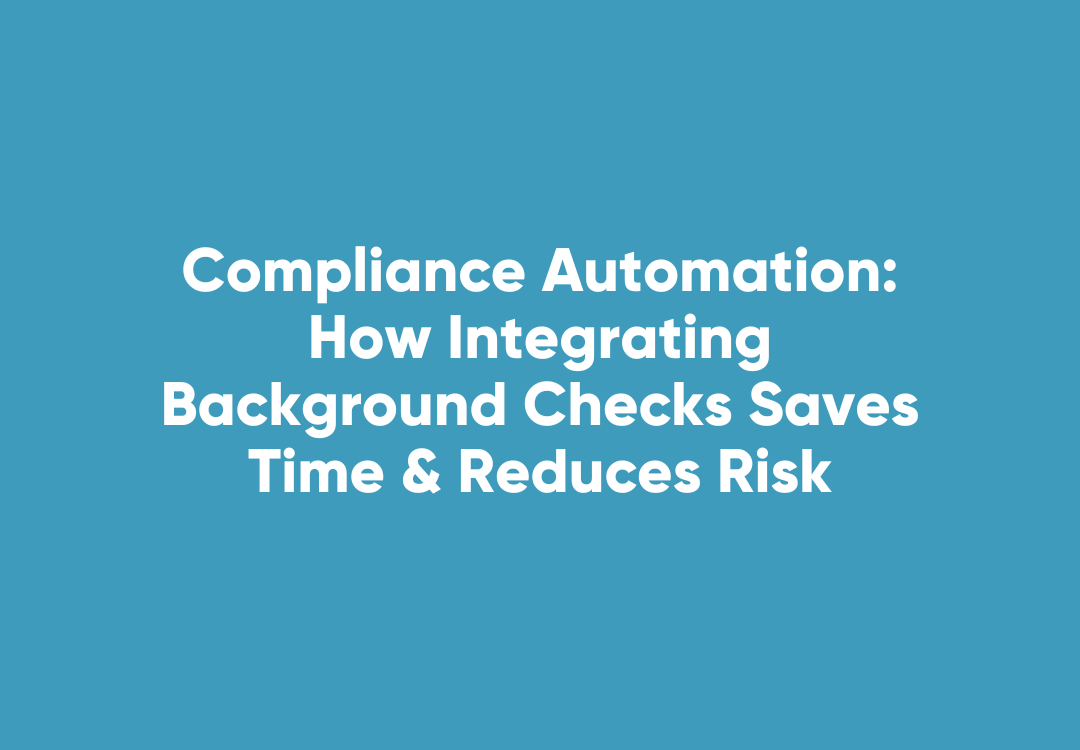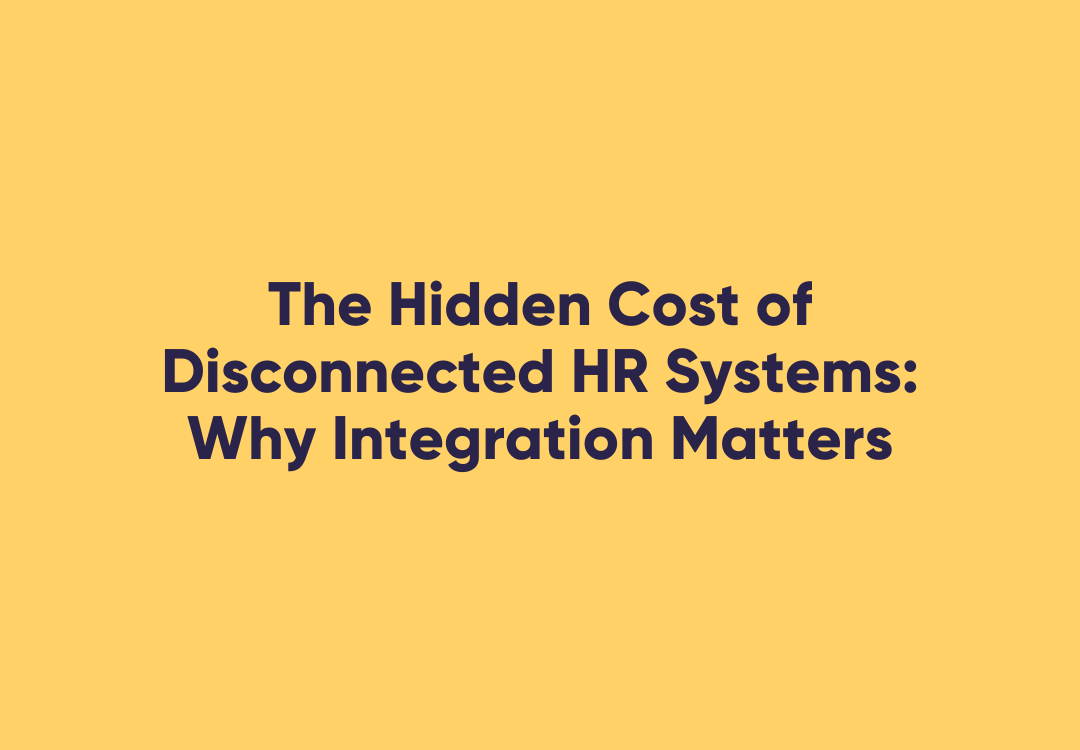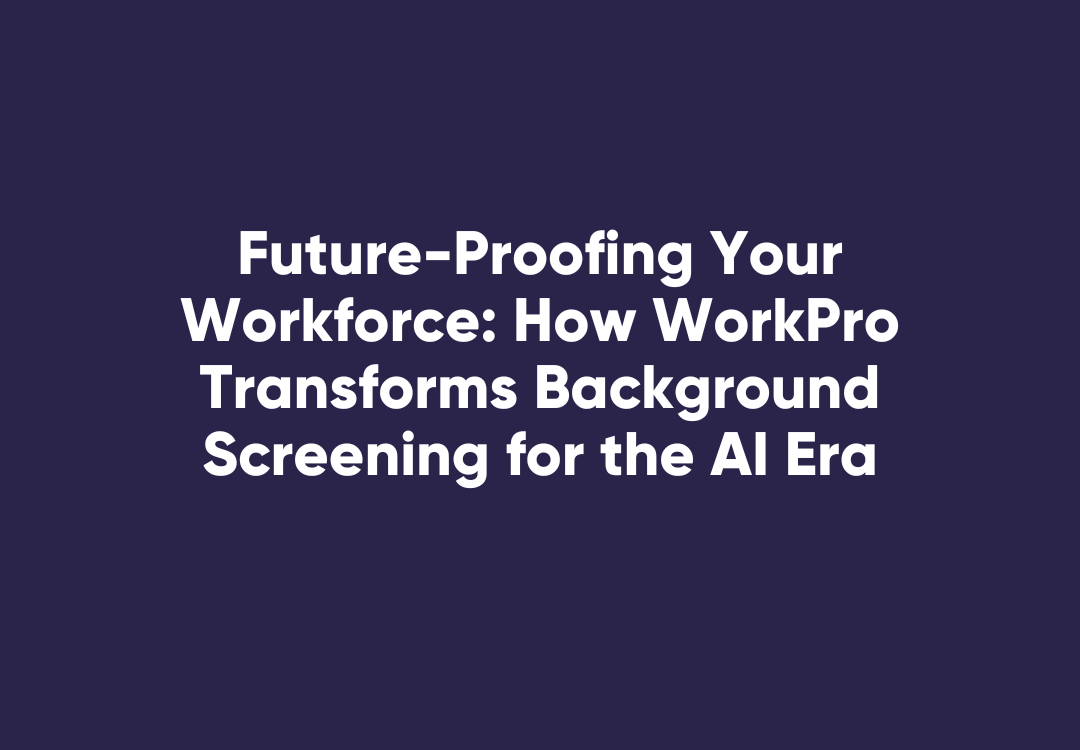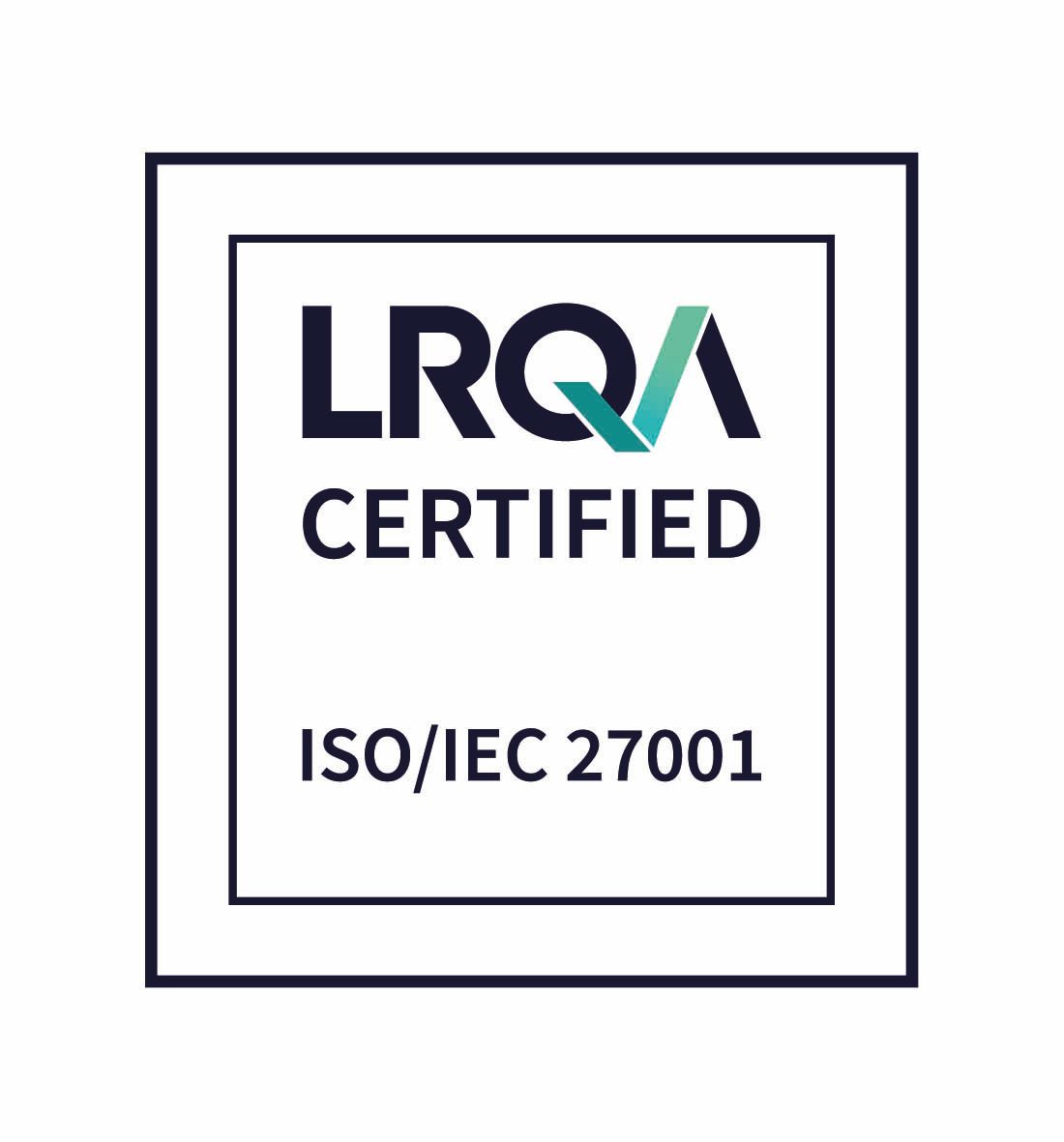How Are You Keeping Safe Around Forklifts?
Since 2012, 137 workers or bystanders were struck by, trapped or run over by a forklift.
This resulted in two fatalities, and 88 serious injuries.
Forklifts are one of the most dangerous aspects of a worksite, and require people to practice correct safety processes at all times.
A medium sized forklift weighs approximately the same as a garbage collection truck – however, due to a forklift being smaller in size, it is not often perceived as anywhere near as dangerous as other vehicles, despite the dangers that can come with improper driving and handling.
What Are Some Of The Major Forklift Hazards and Risks?
There are many things that can go wrong when it comes to poor forklift safety, and it’s crucial that you and your employees are aware of these causes.
Some of the main causes of injuries and fatalities related to forklifts are:
- Overturning and tipping, which can result in the crushing of operators
- Speeding or lack of braking distance resulting in collisions with pedestrians, or the environment
- Falling loads, resulting in striking pedestrians
- Falls from raised/elevated forklift arms
- Poor traffic management planning, resulting in pedestrian collisions
- Poorly maintained forklifts.
Some of these risks and certainly injuries result from the instability that is associated with a forklift.
An unstable forklift can quite easily roll over or tip, with approximately one in six overturned forklifts resulting in operator death.
An overturned forklift is the most common cause of forklift accidents, causing 24% of all incidents.
Cornering too fast, braking too quickly or driving on uneven ground are some of the most typical ways for a forklift to overturn.
It’s Crucial To Drive Safely
Every forklift operator must be instructed on all aspects of safe forklift practices.
A significant number of incidents involving forklifts occur because the operator was not licensed nor properly trained.
Improved forklift safety principles include:
- Proper use of seatbelts
- Establishing approximate speed limits based on the environment and workplace layout
- Displaying speed limits for everyone to see
- Ensuring that there is a proper driving environment, including flat ground, free of obstructions
- Clearly mark areas for forklift operation
Dealing With Load Handling
Forklift safety also extends beyond the equipment.
Loads and load safety is also crucial – understanding the properties of the load itself, transporting the load and storage of the load.
Understanding and adhering to load capacity, which is the maximum weight a forklift can carry safely, is paramount.
Not only can overloading damage a forklift, but it also creates health and safety risks to you and your workmates.
It’s important to weigh the load before transportation, to ensure it fits within these guidelines.
Falling loads are also a danger.
Forklifts will often need to raise loads quite high, which can result in falls. Each time a forklift carries a load, correct safety procedure needs to be followed, including ensuring that pedestrians and forklifts are in designated areas, and that loads should not be moved unless they are well secured.
And of course, remembering that forklifts are for raising loads, not people. Scissor lifts should be used instead.
Strains, Sprains and Good Ergonomics
Often, operating a forklift involves looking up when stacking objects, and looking behind while reversing.
This can cause neck and back strain, if performed on a regular basis.
Additionally, driving on uneven surfaces can result in back stress.
Ways to mitigate the risks of sprains and strains include ensuring the operator’s cabin is in good condition, using vision aids, maintaining level surfaces in the operating area and using forklifts that have been ergonomically designed.
Why Forklift Maintenance Is So Important
One of the best ways to prevent forklift breakdowns and other mechanical failures is through thorough and consistent forklift maintenance.
Proper forklift inspection, through using an operator checklist helps mitigate the risk of operating a forklift that is unsafe.
An operator checklist should look at things like the tyres, fluids, seating, warning devices, breaks and operator controls.
This way, if something on the checklist doesn’t meet the required safety standard, the forklift should not be operated until it is safe.
Being Aware Of Pedestrians
A traffic management plan safely defines and separates pedestrian areas from other work areas.
This aims to remove the risk of forklifts and people/the environment colliding.
A good traffic management plan requires a risk assessment.
The best people to assess the work environment are those who work in the environment each day.
This includes the OHS Representative, workmates, supervisor and forklift operators.
Once these risks are identified, then control measures to remove or reduce the risk must be developed.
Some key steps involved in traffic management include:
- Clearly defining the forklift and pedestrian areas, using signage
- Putting barriers in place to separate pedestrian and forklift zones
- Using proximity devices to trigger signals and boom gates
- Ensuring pedestrians wear high visibility clothing and/or reflective vests
- Providing training on forklift traffic safety to anyone who enters the site
- Ensuring forklift operators stop work if pedestrians enter a pedestrian exclusion zone
WorkPro offers a module library that caters to any business size and industry, written by subject matter experts.
Our modules are designed with engagement in mind, so you can educate your workforce without creating induction fatigue.
You can access the Forklift Safety module, and many more industry-specific and general training modules in our library here, or for a free WorkPro trial, click here





